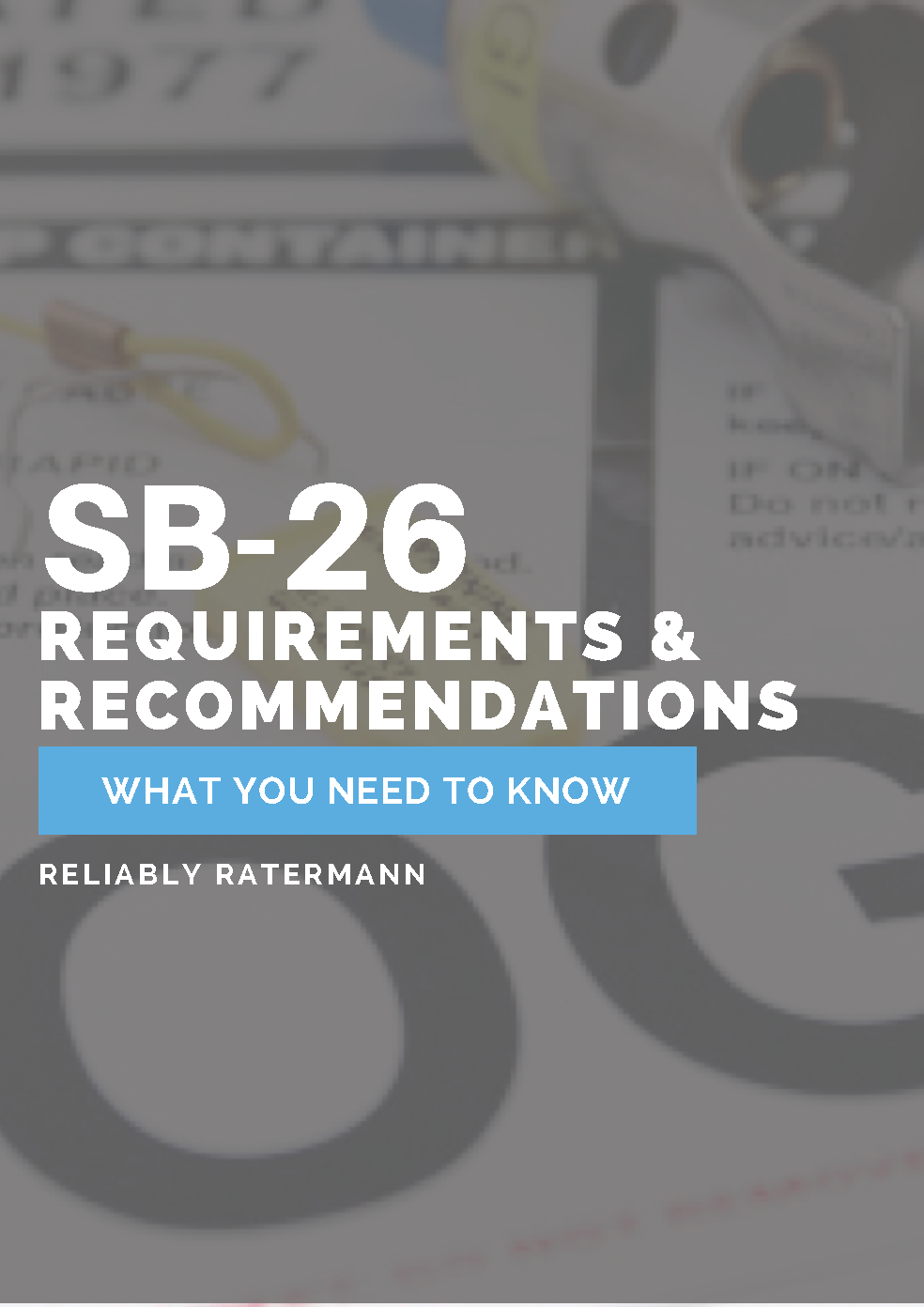Ratermann Learning Center
A hub providing relevant information and updates on industrial gas, cryogenics, and CGA regulations, as well as industry specific solutions for fill plants, beverage distribution and medical gas supplies.

By:
Craig Pagano
December 10th, 2024
RPV stands for Residual Pressure Valve, and it’s a vital component for maintaining positive pressure within a cylinder or tank. RPVs are considered safety devices because they prevent contaminants from entering the cylinder and interfering with the flow of CO2.

cryogenic valves | hydrogen | valves
By:
Lance Looper
May 15th, 2024
The 2022 CHIPS Act (Creating Helpful Incentives to Produce Semiconductors) and subsequent rounds of funding to boost semiconductor production in the United States have resulted in an increased need for high-quality components necessary for manufacturing.

Refresh your understanding of the critical preventive measures that have been shown to save lives by subscribing to our blog for a free download of our guide: Ratermann's guide to SB-26 & our reccomendations to prevent gas mix-ups.

generant | valves | relief valves
By:
Lance Looper
September 20th, 2023
The evolution of the cryogenic and industrial gas industries over the last few years has led to better safety and greatly improved transportation and storage of larger amounts of liquefied gases for longer periods of time. That said, cryogenic storage tanks will eventually experience temperature fluctuations due to their surroundings, resulting in occasional temperature increases inside the tank, which causes liquid gas to evaporate back into a gas state known as “boil-off gas.” Safety relief valves handle and mitigate that pressure rise.

By:
Craig Pagano
September 13th, 2023
Empty cylinders are often stowed away outdoors, where a variety of factors like temperature and humidity fluctuations can cause oxidation and eventual corrosion of the cylinder body. Any corrosion can decrease cylinder durability by risking contamination from external particles, which create further damage. (See our quick refresher on cylinder storage best practices here.)

By:
Lance Looper
August 24th, 2023
Hydrogen, specifically green hydrogen, is growing in popularity as countries and industries look for climate-friendly energy solutions that reduce reliance on fossil fuels. As demand grows, so does the need for developing a safe, reliable infrastructure that makes that transition more feasible.

cryogenic valves | generant | valves | relief valves
By:
Lance Looper
August 9th, 2023
When it comes to hydrogen systems, high-quality stainless steel is the rule, not the exception. Resistant to rust, discoloration and warping, stainless steel performs exceptionally well under harsh conditions. Not only relied upon for hydrogen systems, stainless steel components are also critically important in high-purity applications like cannabis extraction and oxygen service, where high quality is a necessity, not an option.